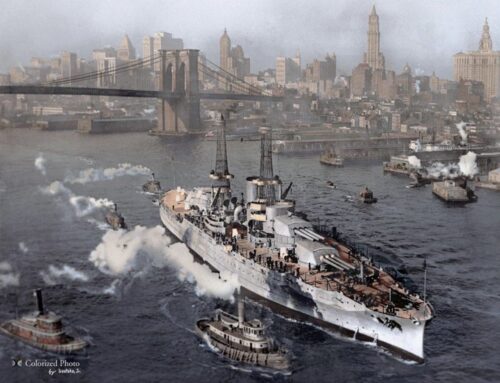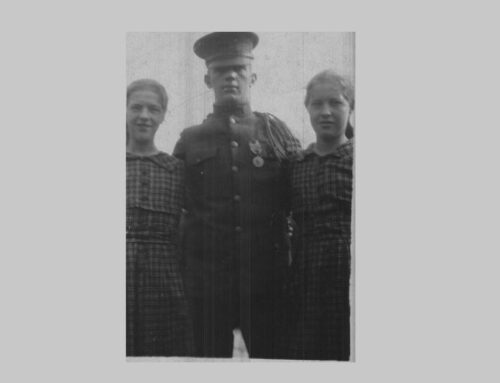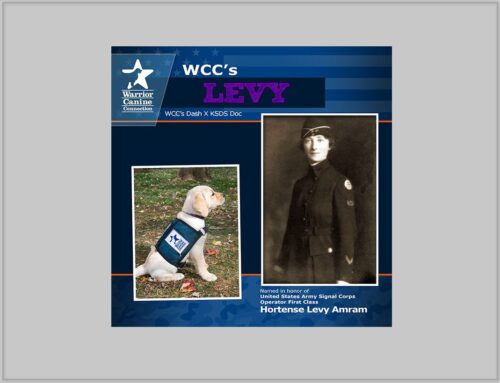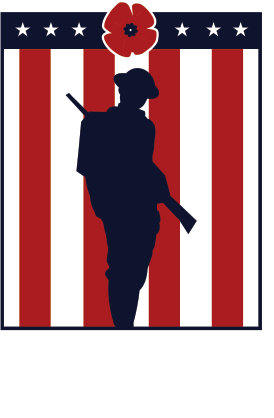Mather Field: From WWI combat training days to Capital Airshow cornerstone
Published: 23 March 2025
By Brian Parry
via the Folsom Times (CA) website
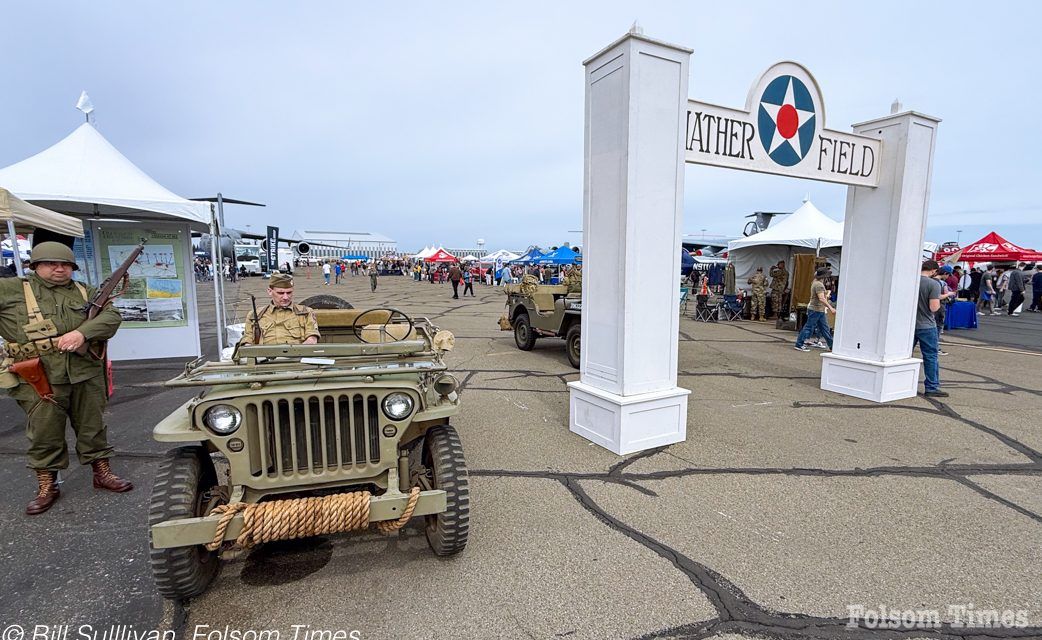
California-Capital-Air-Show-2025-1-83-1042×640
MATHER – Each year, the skies over Sacramento County erupt in the thunder of afterburners, vintage warbirds, and thrilling aerial acrobatics. The occasion is the California Capital Airshow, a nationally recognized aviation spectacle that draws tens of thousands of spectators to Mather Airport. But this is more than just an event—it’s a revival. With each sonic boom and flyover, the show resurrects the rich, multi-generational legacy of Mather Field, once a vital military air base and one of the longest continuously operating airfields in U.S. history.
A Humble Beginning in World War I
Mather Field began its journey in 1918, born out of urgency during World War I (WWI). Originally known as Mills Field, the site was quickly selected by the U.S. Army Signal Corps for training aviators and renamed in honor of 2nd Lt. Carl Spencer Mather, a young pilot who lost his life in a training collision in Texas. Its strategic location in California allowed for year-round flight operations—a critical advantage for training missions.
Mather Field’s initial mission during WWI was to serve as an aviation training base. Though the war ended soon after its establishment, the infrastructure laid down at the base set the stage for future military utility. After a brief deactivation in 1923, the field returned to prominence in 1930, when it was reactivated as a sub-post of nearby Hamilton Field, as the military again ramped up its aviation capabilities in the lead-up to World War II.
A Training Hub During World War II
During WWII, Mather Field came fully alive, becoming a significant training facility under the Western Flying Training Command. It was primarily known for training navigators—an essential component of bomber crews whose precise skills were vital in transoceanic and long-range missions. The base grew rapidly in size and scope, with extensive infrastructure developed to accommodate the war effort. Thousands of military personnel trained and worked at Mather, creating an enduring connection between the base and the Sacramento community.
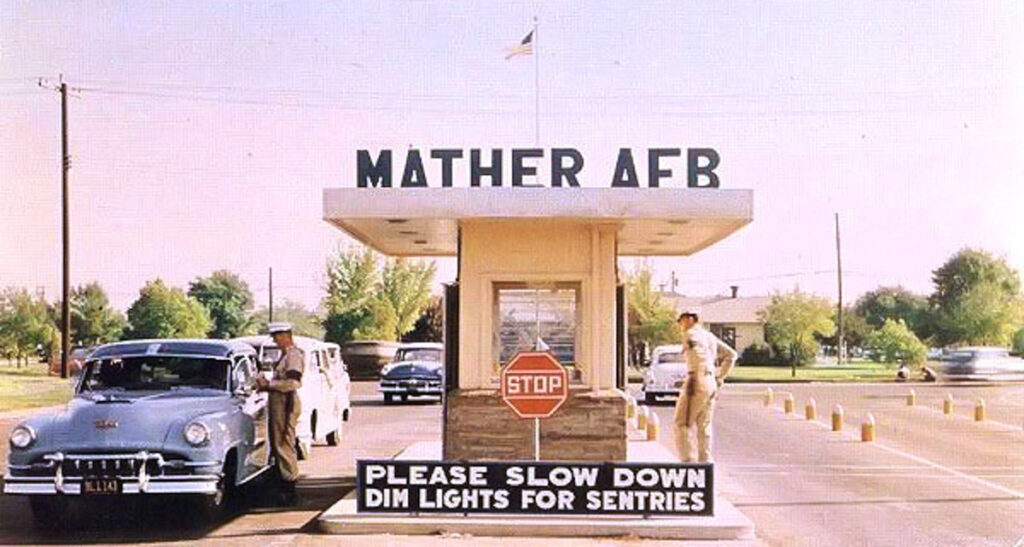
During WWII, Mather Field came fully alive, becoming a significant training facility under the Western Flying Training Command.
(Photo courtesy of Sacramento County)
Becoming a Strategic Force in the Cold War
With the creation of the United States Air Force in 1947, Mather was officially designated Mather Air Force Base. Throughout the Cold War, it became one of the primary training centers for Air Force navigators and bombardiers. In 1958, the base became the home of the 3535th Navigator Training Wing under Air Training Command. The wing’s mission was critical: producing highly skilled navigators for nearly every crewed aircraft in the Air Force’s inventory, including B-52 bombers, KC-135 tankers, and C-141 cargo planes.
In the decades that followed, Mather grew into a powerhouse training base. The 323rd Flying Training Wing replaced the 3535th in 1973 and carried on the legacy until the base’s closure. Mather also became an active Strategic Air Command (SAC) installation, hosting the 320th Bombardment Wing, which operated nuclear-capable B-52 Stratofortresses and KC-135 Stratotankers as part of the U.S. nuclear deterrent posture. The wing played a vital role in strategic defense planning throughout the Cold War.
→ Read the entire article on the Folsom Times website here:
External Web Site Notice: This page contains information directly presented from an external source. The terms and conditions of this page may not be the same as those of this website. Click here to read the full disclaimer notice for external web sites. Thank you.
